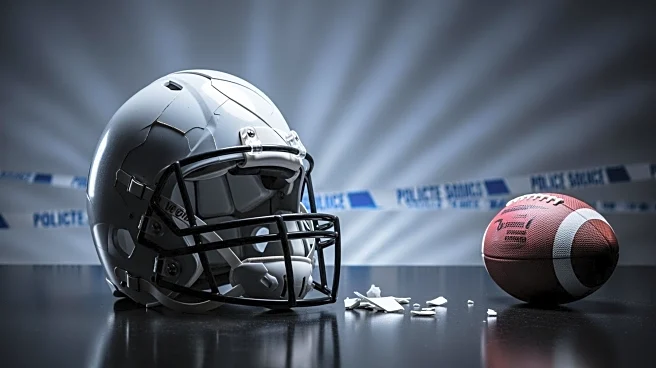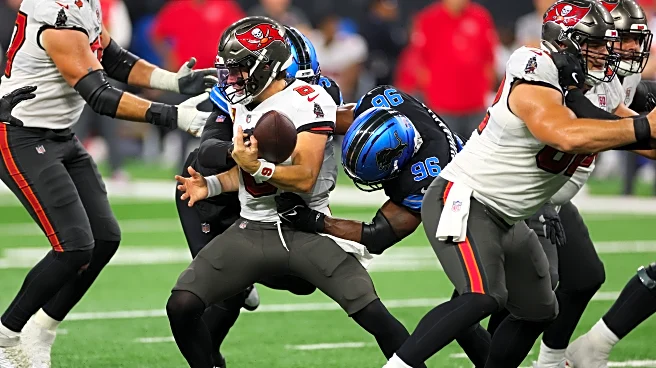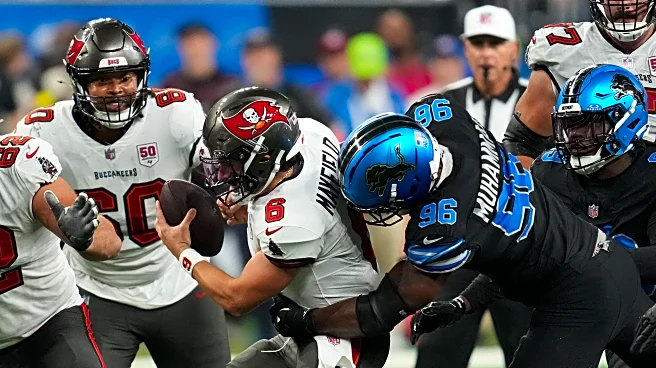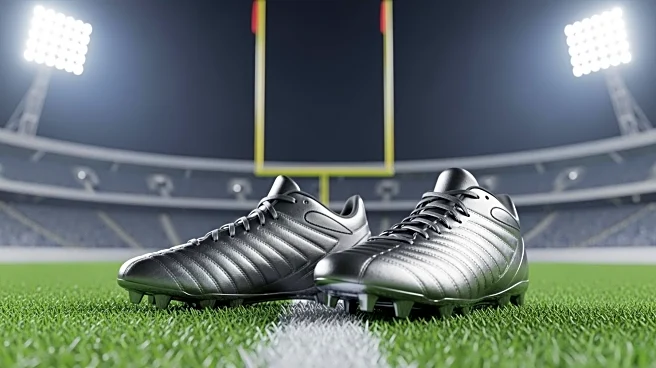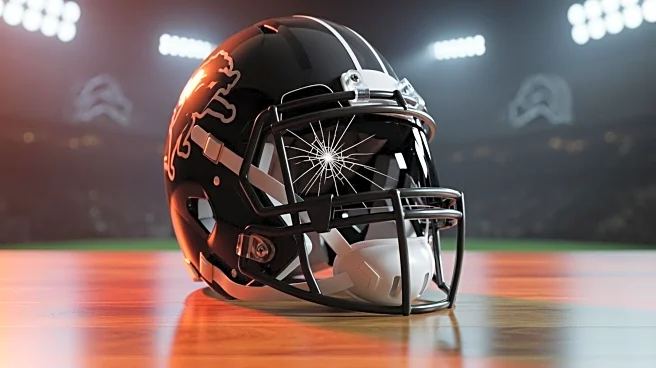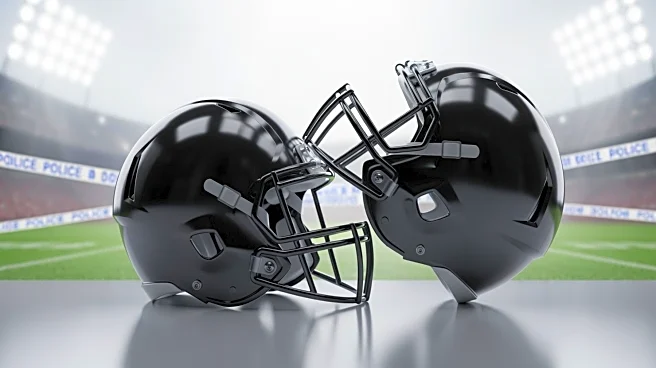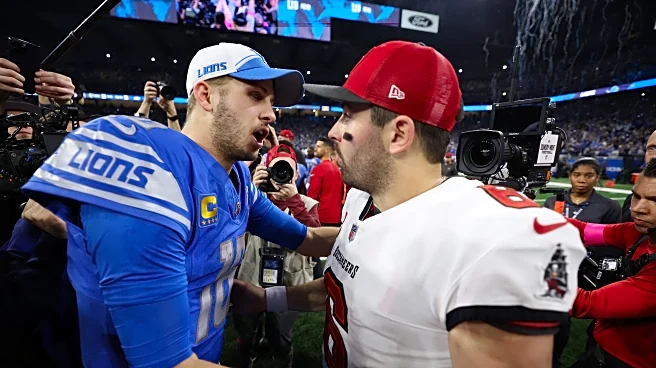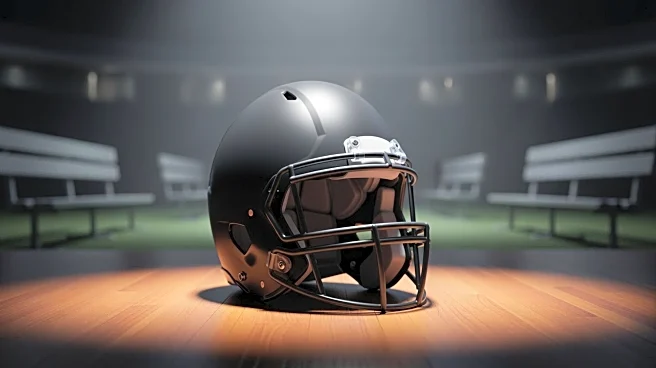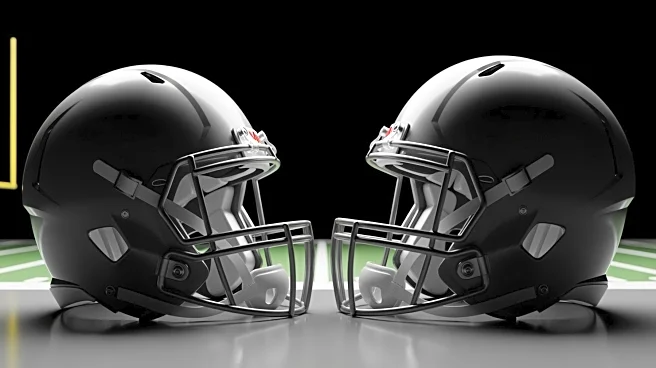What's Happening?
Tampa Bay Buccaneers wide receiver Mike Evans sustained a broken collarbone during a game against the Detroit Lions. The injury occurred while Evans attempted a diving catch on a deep pass, resulting in him
being carted off the field. Head coach Todd Bowles confirmed that Evans will be out for most of the season, with an estimated recovery timeline of 6-8 weeks. This injury compounds the Buccaneers' challenges, as fellow wide receiver Chris Godwin is also sidelined with a fibula injury. Rookie Emeka Egbuka, despite dealing with a hamstring issue, played in the game and is expected to take on a larger role in Evans' absence.
Why It's Important?
The loss of Mike Evans is a significant blow to the Buccaneers' offensive capabilities, as he is a key player in their passing game. With Evans out, quarterback Baker Mayfield will need to rely more heavily on secondary receivers such as Sterling Shepard and Tez Johnson, as well as tight end Cade Otton. The Buccaneers have championship aspirations this season, but the absence of Evans could hinder their ability to compete at the highest level. The team's depth at wide receiver will be tested, and their ability to adapt to these injuries will be crucial for maintaining their playoff hopes.
What's Next?
The Buccaneers will need to adjust their offensive strategy to compensate for the loss of Evans. This may involve increased reliance on their running game and short passing plays to mitigate the impact of missing their star receiver. The team will also need to monitor the health of other key players, such as Emeka Egbuka, to ensure they can contribute effectively. The coaching staff will likely explore potential trades or signings to bolster their receiving corps as they navigate the remainder of the season.
Beyond the Headlines
The injury to Evans highlights the physical demands and risks associated with professional football. It raises questions about player safety and the effectiveness of current protocols in preventing and managing injuries. The Buccaneers' situation also underscores the importance of depth and versatility in a team's roster, as injuries can quickly alter the dynamics of a season. Long-term, the team may need to consider strategies for minimizing injury risks and enhancing player recovery processes.
